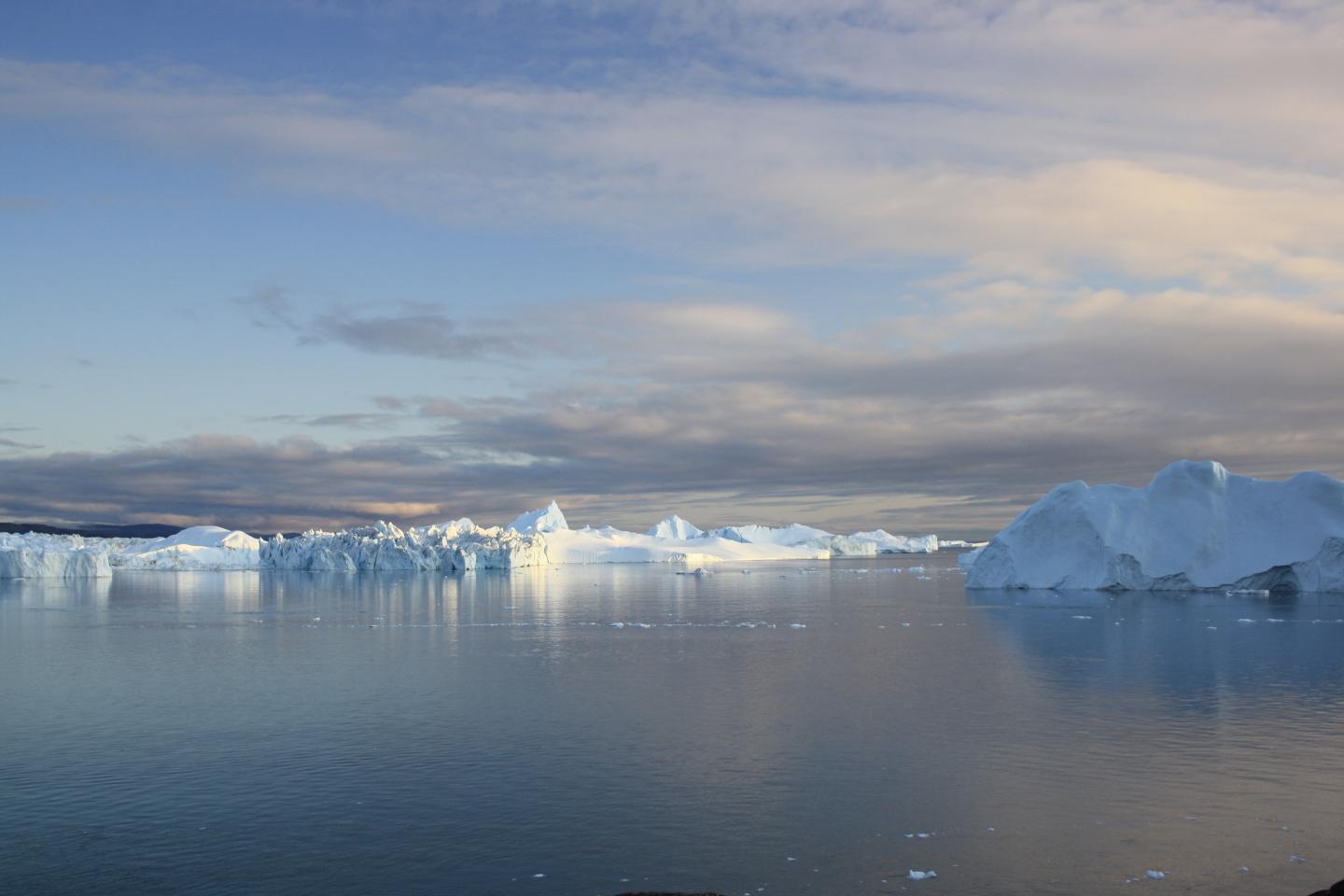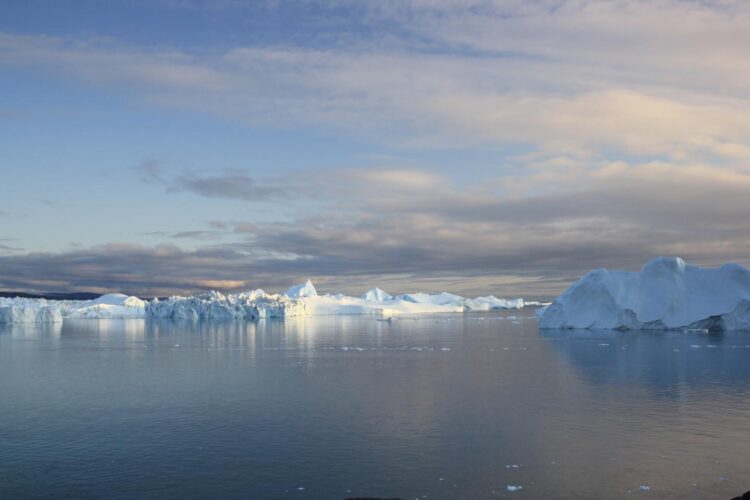AWI researchers confirm record ice losses in Greenland in 2019 based on data from the GFZ/NASA satellite mission GRACE Follow-On

Credit: Ingo Sasgen
The Greenland Ice Sheet recorded a new record loss of mass in 2019. This was the finding of a team of international researchers after evaluating data from satellite observations and modelling data. The total loss amounted to 532 billion metric tons, more than in the previous record year 2012 (464 billion metric tons), which equates to an average global sea-level rise of 1.5 mm. After two years characterised by low loss of mass in 2017 and 2018, the ice sheet is now heading toward increasing mass losses. The five years with the greatest losses all occurred in the last decade. The ice loss in 2019 exceeded the increase due to snowfall by over 80%. The study was published today in the journal Communications Earth & Environment.
In order to determine the ice loss, researchers from the Alfred Wegener Institute, Helmholtz Centre for Polar and Marine Research (AWI), the German Research Centre for Geosciences GFZ and international partners evaluated satellite data from the GRACE mission, and its successor mission, GRACE Follow-On (GRACE-FO). The satellites provided highly accurate measurements, which were used to create monthly maps of Earth’s gravity. The redistribution of the masses, e.g. ice losses in the oceans, leads to temporal and spatial changes in Earth’s gravitational forces. The researchers compared the satellite data with regional climate models that are specially designed to calculate the snowfall and the melting of the ice sheet.
“After a two-year ‘breather’, in 2019 the mass loss increased steeply and exceeded all annual losses since 1948, and probably for more than 100 years,” says Ingo Sasgen, a glaciologist at the AWI in Bremerhaven and first author of the study. “There are increasingly frequent, stable high-pressure areas over the ice sheet, which promote the influx of warm air from the middle latitudes. We saw a similar pattern in the previous record year 2012.”
The mass balance for a given a year is calculated using the difference between the ice increase due to snowfall and ice loss due to melting and ice discharge at the edge of the ice sheet. “The snowfall in 2019 was below the long-term average, and that also contributed to the record figure,” explains Marco Tedesco, a professor at Columbia University and co-author of the study. “By comparing satellite data with regional climate models, we were able to see precisely which processes were involved and to what extent, and which general weather conditions were dominant,” he adds.
The two satellite missions GRACE and GRACE-FO, which monitor the Earth’s gravitational field, play a vital role in the continuous observations of the Greenland Ice Sheet. The measurements allow the mass changes in the ice sheet to be quantified. “The GRACE satellite mission, which ended in summer 2017, provided us with essential data on ice loss in the polar regions over a period of 15 years,” explains Christoph Dahle from the GFZ, who is responsible for calculating the gravitational fields from the mission’s raw data. “After a gap of about a year, in summer 2018 we were able to resume monitoring with the follow-on mission, GRACE-FO.”
In summer, the Arctic warms roughly one and a half times as quickly as the global average. Added to this are the various feedback effects that increase the ice loss. “2017 and 2018 were very cold years in Greenland, with high snowfall,” says Sasgen. The GRACE/GRACE-FO data shows, however, that in these years the mass balance was negative due to the high discharge from the glacier into the ocean. “We see substantial variations from year to year. But the five years with the highest losses since 1948 were all in the last decade,” reports Sasgen.
###
Original study: Ingo Sasgen, Bert Wouters, Alex S. Gardner, Michalea D. King, Marco Tedesco, Felix W. Landerer, Christoph Dahle, Himanshu Save, Xavier Fettweis, 2020. Return to rapid ice loss in Greenland and record loss in 2019 detected by the GRACE-FO satellites. Communications Earth and Environment. DOI: 10.1038/s43247-020-0010-1
Media Contact
Josef Zens
[email protected]
Original Source
https:/
Related Journal Article
http://dx.





